
Meet the herd – the eight wild bison on a wilding journey in Canterbury
Since bison were released into West Blean and Thornden Woods on the outskirts of Canterbury, they have not only transformed the landscape but significantly grown in number.
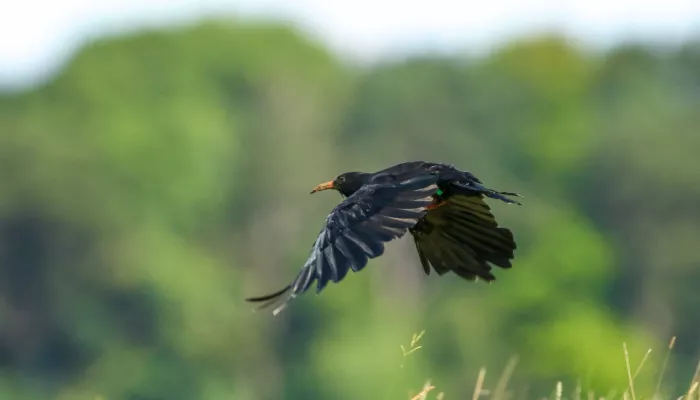
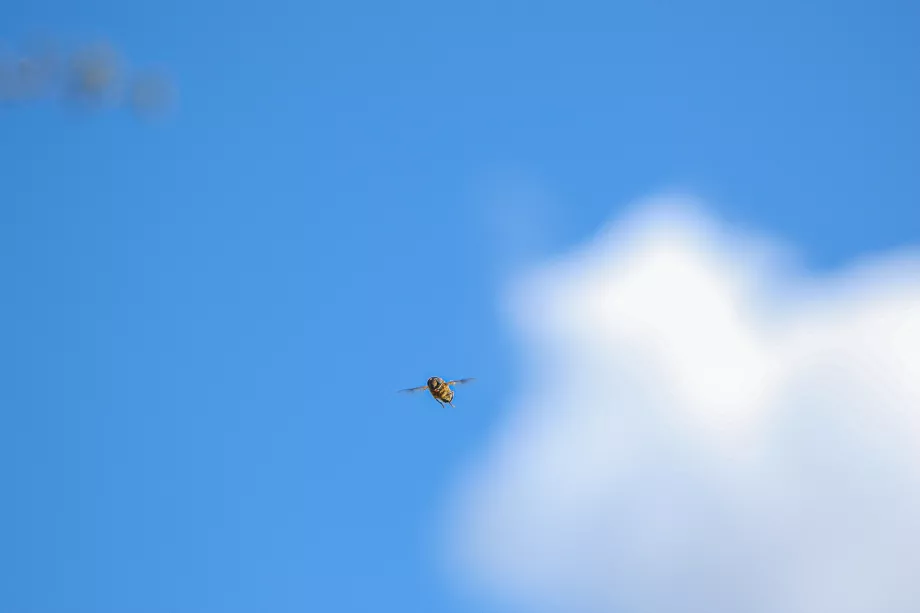
©️ Tim Horton
You may need to adapt and experiment with your methods here to suit different subjects. Using a camouflaged hide of some sort normally gives you the greatest chance of success but may take a significant amount of time for the wildlife to become accustomed to.
Remember to stay still and, if absolutely necessary, move very slowly. Eliminating noise is key – all animals are highly sensitive to their surroundings in order to avoid predation. As a human being... you are the apex predator! When walking, slowly place your heel down before the rest of your foot. Try to ignore insects crawling on you where possible.
Never chase or distress your subject – it could lead to harm; either to yourself, others, your subject, or all of the above.
You will likely improve the quality of your imagery significantly if you remain at the same height as your subject. Below is an example:
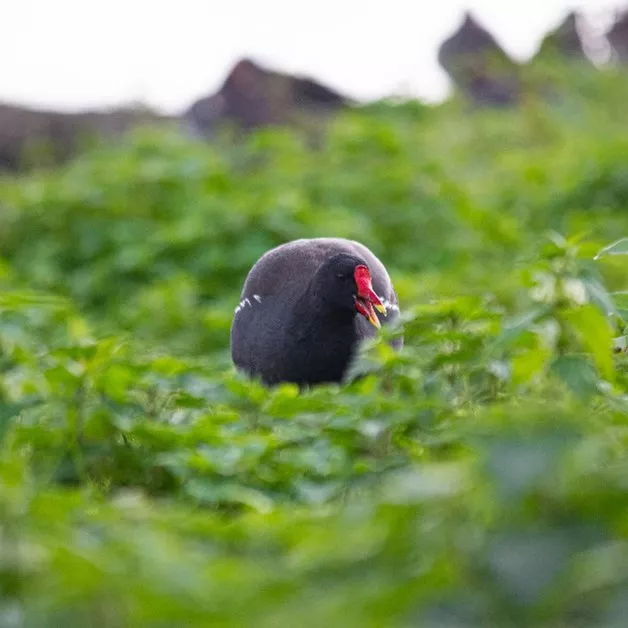
©️ Tim Horton
In this photo I took of a feeding moorhen, I’m at the same height as my subject which gives the viewer a sense of the moorhen’s perspective of the world. If I’d taken the photo from my height, I would have been looking down at it which would have looked very odd.
Remaining at the same height as your subject should come naturally anyway a lot of the time, as most wildlife within a close proximity is very unlikely to stick around if you’re standing up!
for most wildlife, using a super-telephoto or higher zoom lens of some description will likely result in higher success, as wildlife is more likely to make an appearance and display natural behaviours if they’re unaware or are less interested in your presence because of your lower proximity to them.
Although this isn’t really possible for those wanting to photograph smaller subject such as invertebrates, where possible, try to keep your distance from your subject and instead let the lens do the majority of the work for you.
However, there is a balance here between a higher zoom and physical distance from your subject; the higher the zoom needed, the less ambient light will be available and the lower the sharpness of the image will be.
Essentially, do not choose the wrong lens and then pursue your subject – this will distress the subject and reduce success dramatically.
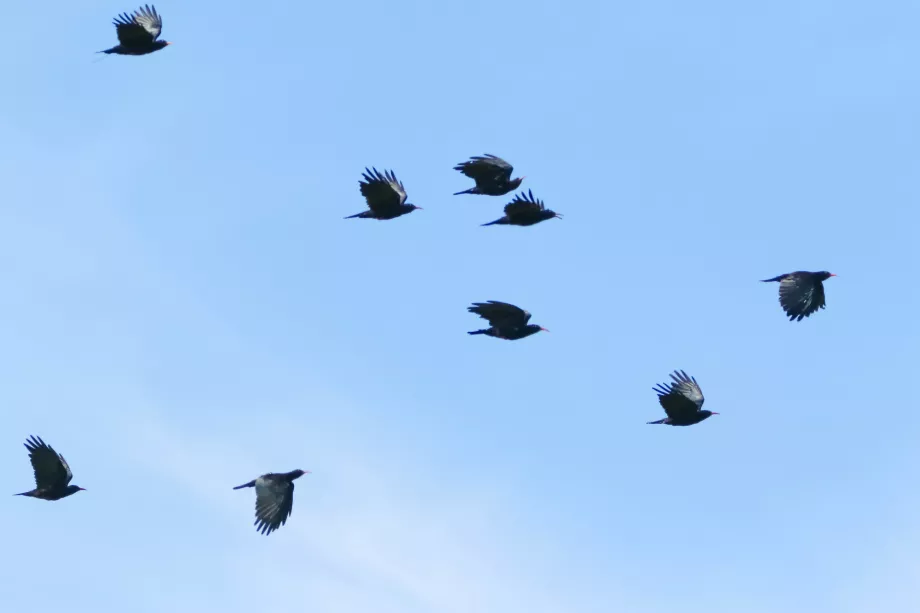
©️ Tim Horton
Most modern photography cameras now come with a ‘burst’ and/or ‘continuous’ shooting mode. In these modes, the camera will essentially rapidly continue to take photos while you’re pressing the shutter, instead of just one.
This can be particularly useful when tracking and trying to capture a highly motile animal, such as a bird flying. Using these modes can increase your chances of getting that clean, sharp shot that you’re after (provided, of course, that your shutter speed is high enough).
Best of luck with your wildlife photography endeavours! And don't forget that at the time of publishing, our photography competition is still open for entries.

Since bison were released into West Blean and Thornden Woods on the outskirts of Canterbury, they have not only transformed the landscape but significantly grown in number.
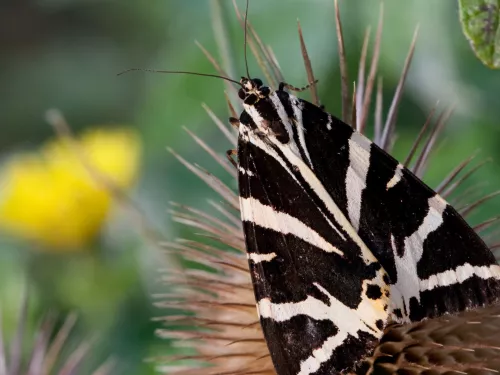
Margery Thomas, Hothfield Volunteer and regular columnist looks at the lack of butterfly sightings in recent months, the work volunteers are doing to remove bracken and how this all impact the wider management of the last remaining fragments of heathland…
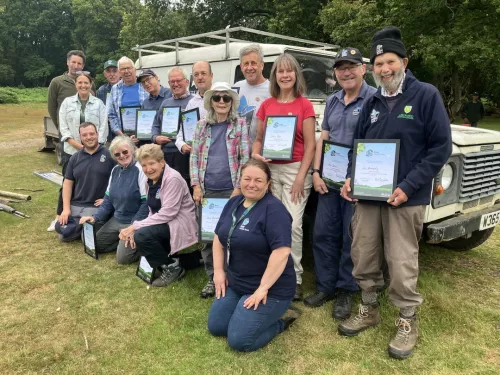
By August, floral glory has passed from the orchids (heath spotted, southern marsh and a few large hybrids) to the heather or ling. As ever, we hope for a protracted display of purple in the heathy areas, which is likely if the cool nights persist. Orchid…